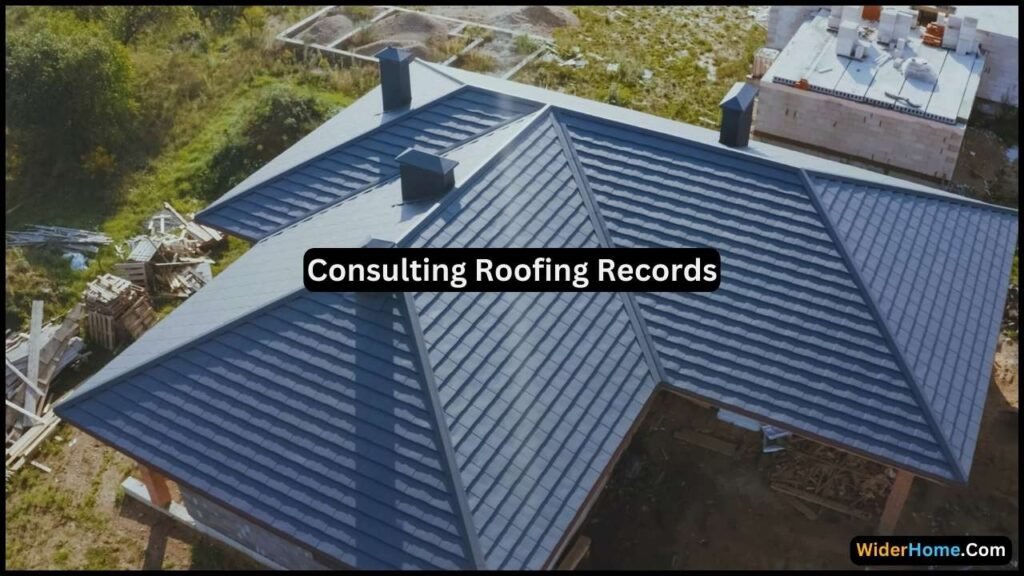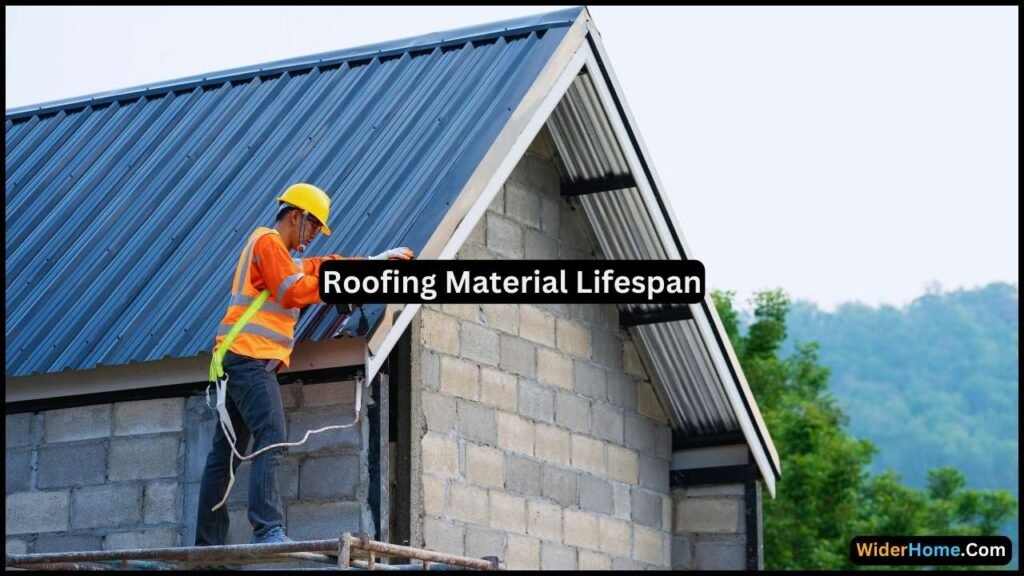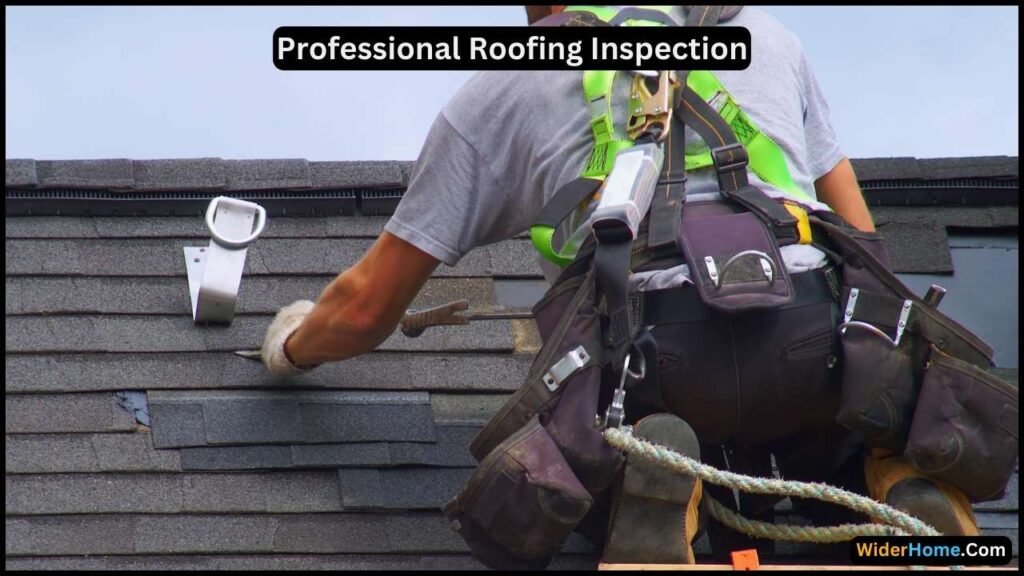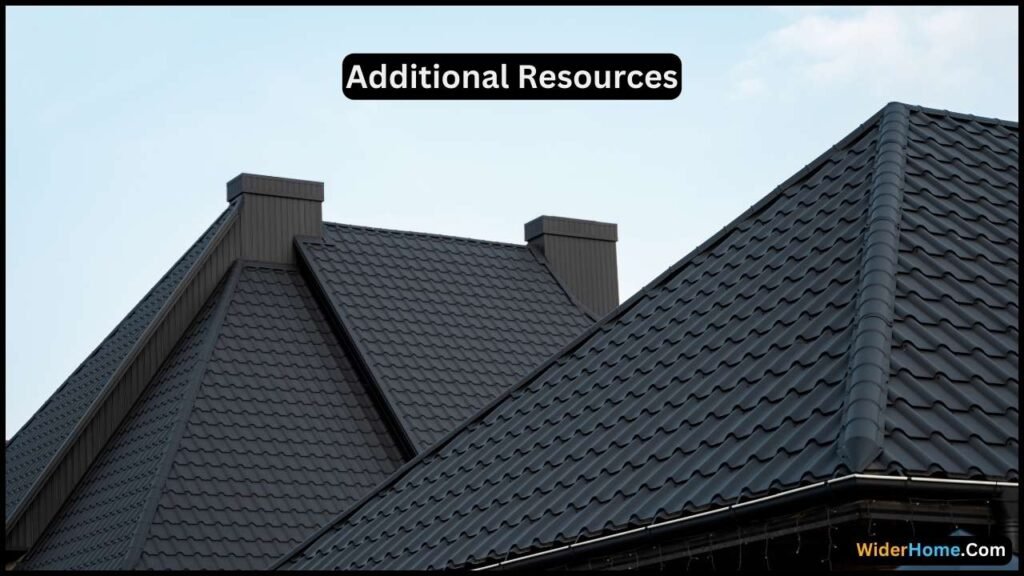How Old is My Roof?

Finding out how old your roof is is crucial. It assists you in determining how long it might last and whether repairs are necessary. Numerous issues with an old roof, such as leaks or broken shingles, could harm your house.
You can determine the age of your roof using a few simple methods. For example, you can look for specific symptoms to decide whether or not they need fixing or replacing.
How Old is My Roof | Physical Inspection
Exterior Examination
You might start by inspecting your roof’s outside. Curling or buckling shingles are indicators of shingle aging, so watch for any apparent damage. Shedding shingles is another obvious sign that something might be wrong.
Examine the shingles for signs of wear and tear, such as many missing granules. Moss, algae, or dark streaks on the roof’s surface may indicate aging materials or moisture issues.
Check the gutters for shingle debris as well, as this is another indicator of a failing roof.
Interior Examination
Next, search through your attic. Sunlight shining through the roof boards indicates the possibility of cracks or flaws. Leaks or water stains are further warning signs of possible roof damage.
Inspect your home for indications of mold or mildew, which can arise from roof leaks that retain moisture. These examinations help you determine whether your roof needs to be replaced or repaired.
Consulting Roofing Records

Building Permit Records
Examining your home’s building permit paperwork is one practical approach to determining the age of your roof. Installing, updating, or replacing a roof frequently requires obtaining permission from the local authority.
To obtain this data, contact the community building department. They will provide you with the installation date to help you determine the age of your roof.
Previous Maintenance Records
Another vital source of information is your roof’s maintenance history. These documents document all roof maintenance and repairs performed over the years.
Looking through these logs, you may determine how frequently repairs were required and obtain information about your roof’s age and general state. Frequent repairs to the roof may indicate that it is getting old and may soon need to be replaced.
Roofing Material Lifespan

Asphalt Shingles
Asphalt shingles are among the most used roofing materials. Typically, they survive twenty to twenty-five years. However, they may eventually start to lose granules, curl, or buckle, which indicates that they are aging and might need to be replaced.
Wood Shingles and Shakes
Wood shakes and shingles have a slightly longer lifespan, usually 20 to 30 years. But it would help if you watched for wear indicators like splitting, rotting, and cracking. These signs help you determine when it is time for new wood shingles or shakes.
Metal Roofing
Metal roofing is renowned for its longevity, with a 40–70 year lifespan. However, elements such as the kind of metal used and the caliber of the installation may impact its lifetime. Look for corrosion or rust, which indicates that the metal roofing may need maintenance.
Tile and Slate Roofing
Tile and slate are the longest-lasting roofing materials, lasting between 50 and 100 years. Even though they are resilient, slates can eventually become brittle, and tiles can break or split. Frequent inspections will assist in identifying these problems before they become more serious.
Knowing how long various roofing materials typically last will help you accurately predict when your roof will require repairs or replacement. Maintaining your roof’s lifespan through routine maintenance and inspections will also help keep your house safe and secure.
Professional Roofing Inspection

Reasons to Hire a Professional
It makes sense to have your roof inspected by an expert. These professionals can identify the slightest indications of aging or damage you might overlook because they know what to look for.
They know the various roofing materials and the particular issues to watch out for with each type. Professional inspections are more thorough than you can do yourself and provide a full assessment of your roof’s condition.
What to Expect
When you hire a professional to inspect your roof, you should anticipate a thorough inspection. First, the inspector will examine the roof’s exterior for leaks, worn-out or missing shingles, and other indications of wear and tear. They will inspect the flashing, gutters, and other roof system components.
The inspector will then enter your house to look for any indications of leaks, mold, or structural problems in the attic and other locations. Following the inspection, they will give you a comprehensive report outlining any issues they discovered and suggestions for fixes or replacements.
This report explains the state of your roof and suggests possible maintenance to keep it in good condition.
Additional Resources

Many resources are available to assist you if you want to learn more about maintaining and caring for your roof. Here are a few easy choices:
- Online Articles and Guides: Numerous websites offer roofing-related articles and guides. These can provide helpful hints and step-by-step guidance.
- Local Library: To find books or publications about house maintenance, stop by your local library.
- Roofing Contractors: Speak with a qualified roofing contractor. They can respond to your inquiries and possess a wealth of expertise.
- Home Improvement Stores: These shops often offer classes and informational booklets on caring for your roof.
- Videos: Search online for video guides. You can see exactly what to do by watching a video.
These resources will simplify maintaining your roof and recognize when you require expert assistance.
FAQs
How can I find out the age of my roof?
There are various ways to find out how old your roof is. As most roofing installations require a permit, look through your home’s construction permit files. Check any old maintenance records for the dates of any replacements or repairs.
What if I need access to building permits or maintenance records?
If you need help locating the building permit or maintenance records, speak with your real estate agent or the previous homeowner. They might know the date of installation or previous roof repairs.
Are there visual signs that can indicate the age of my roof?
Indeed, various roofing materials show indications of aging. Wood shingles may split, decay, or curl, and asphalt shingles may exhibit granular loss, buckling, or curling. Slate or tile roofs may have broken or cracked tiles, while metal roofs may rust or corrode.
Why is it important to know the age of my roof?
Knowing how old your roof is will help you plan necessary maintenance or replacements and estimate its lifespan. Additionally, it helps identify possible problems before they become more serious, guaranteeing the longevity and safety of your house.
How to Determine the Age of a Roof for Insurance?
Start by quickly reviewing any current building permits or maintenance paperwork to determine the age of your roof for insurance purposes.
If those documents aren’t available, you can find out when the roof was installed by contacting your real estate agent or the previous homeowner. If your roof is asphalt, you can also look for obvious indications of aging, like curled or missing tiles.
How often should I have my roof inspected?
It would help to inspect your roof at least once a year following bad weather. Frequent inspections aid in the early detection of minor problems, averting future expensive repairs or replacements.
What should I do if my roof is older than its expected lifespan?
If your roof has surpassed its expected lifespan, it must be inspected professionally. A specialist can evaluate its state and suggest whether repairs will suffice or a whole replacement is required.
How do I check my roof level?
Start by stepping back from your house and examining the roofline to ensure it looks level and straight. This will help you determine the level of your roof. Next, use a ladder to gain safe access to the roof.
To find any sections of the roof surface that might be sagging or uneven, place a carpenter’s level there. Your roof is level if the level bubble remains in the center. If it tilts considerably to one side, there can be a problem that has to be fixed.
Conclusion
In conclusion, sustaining your home’s general health depends on properly caring for your roof. You may extend the life of your roof and identify problems early by hiring a professional for thorough inspections, keeping an eye on the exterior and interior of your roof, examining roofing records, and knowing how long various roofing materials last. This guarantees no leaks or other problems and that your house is safe and secure. In the long term, you can save time, money, and stress by following these easy steps to determine when your roof needs repairs or replacement.
Images credit: Canva
